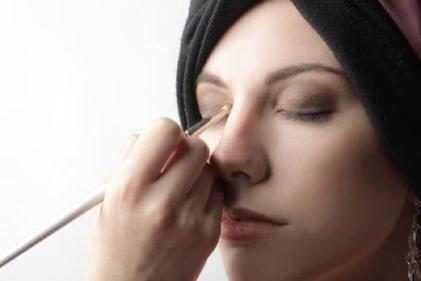Hair tourniquet syndrome occurs when a stray piece of hair wraps itself around a toe or a finger, cutting off blood flow and causing severe pain. It is a common syndrome in children under four months of age as hormone changes mean Mum is losing some of her hair.
While it might seem innocent enough, it is important you act quickly to ensure complications or permanent damage doesn’t occur.
1. What causes it?
Hair tourniquet syndrome occurs when a piece of hair wraps itself around toes or fingers, typically when the baby is wearing gloves or socks. However, it can occur anywhere on the body including the wrists, genitals and even the ankles, so it is important you check everywhere.
2. Signs your baby has the syndrome
The hair can wrap itself so tight that you may struggle to see it so keep an eye out for the following symptoms:
- Your baby is distressed and you are unable to soothe them
- The affected area is red and swollen
3. How to remove the hair:
If you do see a hair tourniquet, it is important you remove it as soon as possible to stop it causing any permanent damage.
- Use a tweezers or scissors to remove the hair but only if you know that you won’t cut or cause further damage
Depending on the severity of the situation, you may have to take your little one to the doctor where they may do the following:
- Numb the area with a local anaesthetic
- Dissolve the hair with an ointment
- Unwrap it with a pair of scissors, forceps or other tool
4. Complications
If the hair tourniquet is not removed it may cause an infection, which can lead to eventual tissue death and amputation.
In severe cases, specialist care may be required if your little one has lost feeling in the area.
5. What can you do?
While these things can happen no matter how vigilant you are, there are a number of things you can do to lower the risk of it occurring in the first place.
- Change your baby’s clothing regularly
- Check for their body for signs of redness or swelling frequently
- If they have a temperature of 38°C (for babies under four months) or 38.1°C (for babies over four months) seek medical attention












